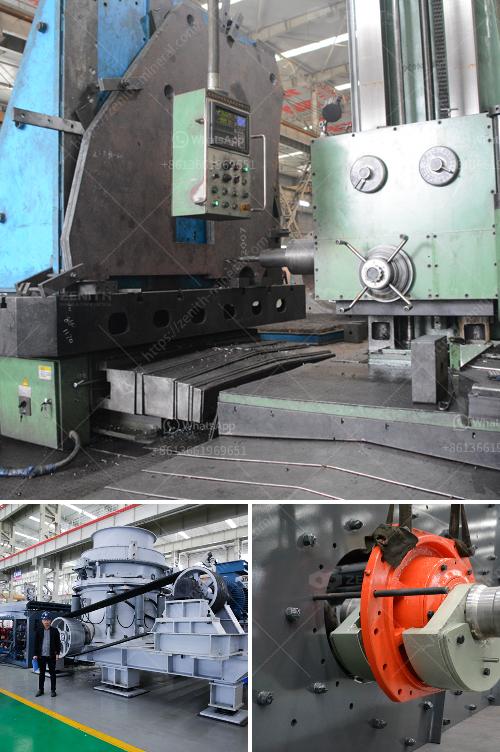The specifications for a sandstone crusher hammer can vary depending on the manufacturer and the specific requirements of the crushing process. However, there are some general specifications and considerations that are typically important when selecting or designing a hammer for a sandstone crusher:
-
Material Composition:
- High Manganese Steel: This is a common material used for crusher hammers due to its high impact resistance and wear resistance. It can withstand the high impact forces and abrasive nature of sandstone.
- Alloy Steel: Sometimes, alloy steels with specific compositions are used to enhance the hardness and toughness of the hammer.
-
Hardness:
- The hardness of the hammer is crucial for its durability. Typically, the hardness is measured using the Rockwell or Brinell hardness scales. A higher hardness value indicates better wear resistance but can also make the hammer more brittle.
-
Weight and Size:
- The weight and size of the hammer should be appropriate for the crusher it is being used in. The hammer should be heavy enough to provide the necessary impact force but not so heavy that it causes excessive wear on the crusher components.
-
Shape and Design:
- The shape of the hammer can affect its performance. Common shapes include rectangular, trapezoidal, and T-shaped hammers. The design should ensure that the hammer can effectively crush the sandstone and that it wears evenly.
-
Heat Treatment:
- Proper heat treatment processes, such as quenching and tempering, are essential to achieve the desired mechanical properties. Heat treatment can enhance the hardness and toughness of the hammer.
-
Surface Treatment:
- Surface treatments, such as hardfacing or coating, can be applied to improve the wear resistance of the hammer. These treatments can extend the service life of the hammer by providing an additional layer of protection against abrasion.
-
Compatibility:
- The hammer should be compatible with the specific crusher model. This includes ensuring that the hammer fits properly and that it can be securely attached to the crusher.
-
Performance Metrics:
- Performance metrics such as impact strength, wear rate, and fracture toughness are important considerations. These metrics help in evaluating the overall effectiveness and longevity of the hammer.
-
Manufacturer Specifications:
- It is important to refer to the manufacturer’s specifications and recommendations for the specific crusher model. Manufacturers often provide detailed guidelines on the appropriate hammer specifications for their equipment.
-
Cost and Availability:
- The cost of the hammer and its availability are practical considerations. While high-quality hammers may have a higher initial cost, they can offer better performance and longer service life, potentially reducing overall operating costs.
In summary, the specifications for a sandstone crusher hammer include material composition, hardness, weight and size, shape and design, heat treatment, surface treatment, compatibility with the crusher, performance metrics, manufacturer specifications, and cost and availability. Each of these factors plays a crucial role in ensuring that the hammer can effectively and efficiently crush sandstone while maintaining durability and minimizing wear.

